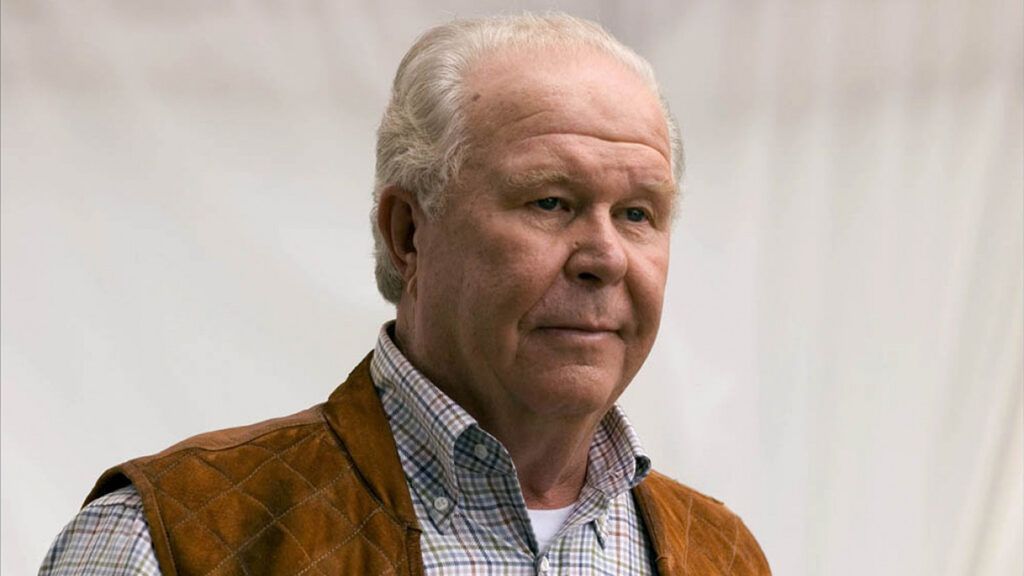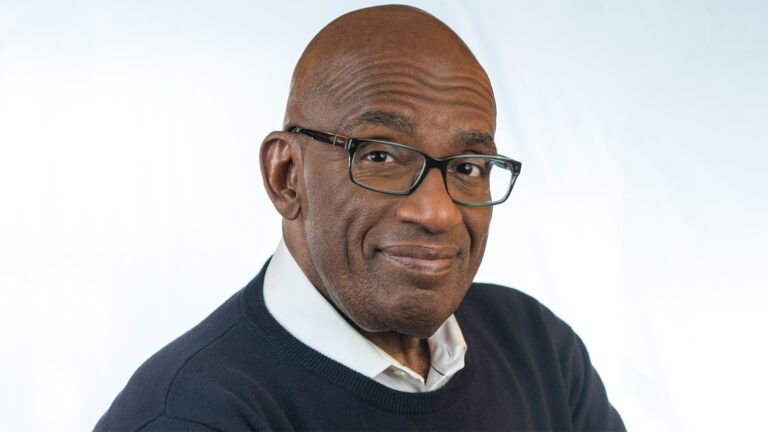Not long ago I was flying home from Spain where I had just finished working on a film, Trouble at the Royal Rose, with Ruth Gordon and Donald Sutherland. As the stewardess asked us to buckle our seatbelts for landing, I glanced out the window into the night to see the variegated lights of Los Angeles slowly moving by beneath us.
I drew a deep breath. The past four weeks had been an extensive period of rigorous traveling, studying scripts, shooting scenes over and over. I had been on an emotional high. But now as our jet settled into its landing pattern, I sensed I was facing a down time.
Certainly other people have down times too—those periods when God seems far away. A salesman works hard on the road all week and then comes a dry stretch when he finds himself in a hotel room just staring gloomily at the wall. A homemaker faces the constant repetition of laundry, vacuuming, cooking, and slips into the doldrums.
Even some of our greatest heroes have not been immune from these gloomy periods. When Abraham Lincoln broke his engagement to Mary Todd, he became so depressed that he feared he was losing his mind. Friends worried that he might commit suicide.
With me, the down times usually come after finishing a film or play. Like most actors, I am invigorated by the camaraderie of a movie set or the energy that comes from a live audience. But then, when it’s all over, in drifts that morbid cloud of “What now?” What will the reviews be like? Will I land another good role?
However, this time as my plane prepared to land, I realized that I had brought something home with me, a kind of insurance against letdown. It was a personal thing, this “insurance,” a way of thinking that I’d arrived at on my trip while musing about two seemingly unrelated Spanish legends, a sword and a man.
The sword is world famous. For two thousand years it has been crafted in Toledo, that ancient Spanish city of El Greco and red-tiled roofs, of Moorish towers and Gothic churches. It is called the Toledo blade.
The man was Juan de Yepis y Álvarez, Fray Juan de la Cruz, or St. John of the Cross, as many people know him. A Renaissance Spanish mystic whose teachings have uplifted men since the 16th century, I had become acquainted with him through his books that a friend of mine had given me in Los Angeles.
And what did the sword and this memorable monk have in common?
For both of them, the fortress city of Toledo was, in a sense, their crucible.
The Toledo blade, I learned, is made by heating raw iron until it is white-hot, then hammering it until it’s purged of all coarse impurities such as sulphur, phosphorus, even bits of stone. The heat-and-hammering process is repeated again and again, seven times in all, condensing the metal’s molecular structure, turning the blade into tough, high-carbon steel. At the very end, the flame-red sword is plunged into cold water—“dragon’s blood” the legend says—and the shock tempers it.
The finished Toledo blade is so sharp it can slice a silk handkerchief in midair, so tough it can strike steel without shattering, so flexible it can be bent tip to hilt in full circle.
Hearing about how the Toledo blade was manufactured made me think that Fray Juan de la Cruz had suffered tire and beating, too. A frail, sensitive man who lived a life of deep prayer, he traveled around the countryside preaching Christ’s love. He also voiced his own ideas on church reform. Castigated by ecclesiastical rulers as a “rebellious monk,” he was thrown into a prison cell in a Toledan monastery to “repent.”
The tiny, pitch-dark stone cell became his crucible. He was thrown moldy scraps that made him sick. From time to time, he was taken out and lashed mercilessly. All the while he was tempted with positions of high office and gifts of gold if he would only “follow orders.”
After months of suffering, and quite near death, Fray Juan found himself questioning. Maybe I am wrong? Perhaps they are right. And that led to a far greater fear, that God had deserted him. He was terrified. “Where is this cursed God?!” he cried. “Why am I here? Why?”
There in Spain, as I read Fray Juan’s book The Dark Night of the Soul, I felt close to this little monk who cried out to God who he thought had forsaken him. For in my own very low periods, I had often done the same. And sometimes it seemed that in these dark times my own sins appeared to be so overpowering that I felt God did not want to have anything to do with me.
But the more I read of Fray Juan’s experience, the more I began to see, as he did, that it is in these low times when we are feeling humble, when our egos are diminished, that God can come closest to us.
In writing of the strength he gained through his “dark night” Fray Juan referred to the “purifying flame of God…an inflowing of God into the soul, which purges it from its ignorances and imperfections….” That “inflowing of God” was possible because he’d emptied himself of self-centered emotions. He had made room for God.
Fray Juan did survive his ordeal and miraculously escaped his misguided captors. He eventually became an influential spiritual leader and after his death was elevated to sainthood.
But, like the hammering and purifying fire that forged the Toledo blade, it was the crucible of Fray Juan’s “dark night” that remade and tempered him. From it he emerged a new man, more on fire than ever for the Lord, a true apostle of Christ through whom God worked miracles.
So I learned from Fray Juan that when I am feeling “down,” the time has come for me to make room for God. It is the time for forgetting myself, the time to be attuned to other people and their problems. It is, of course, the time for prayer, and the best of all possible times for reminding myself what I should never forget—that He is there, always there.
And so, as my homecoming jet rumbled onto the Los Angeles runway, I looked out the window and the night seemed very dark. But the lights of the terminal were very bright indeed.
For more inspiring stories, subscribe to Guideposts magazine.





